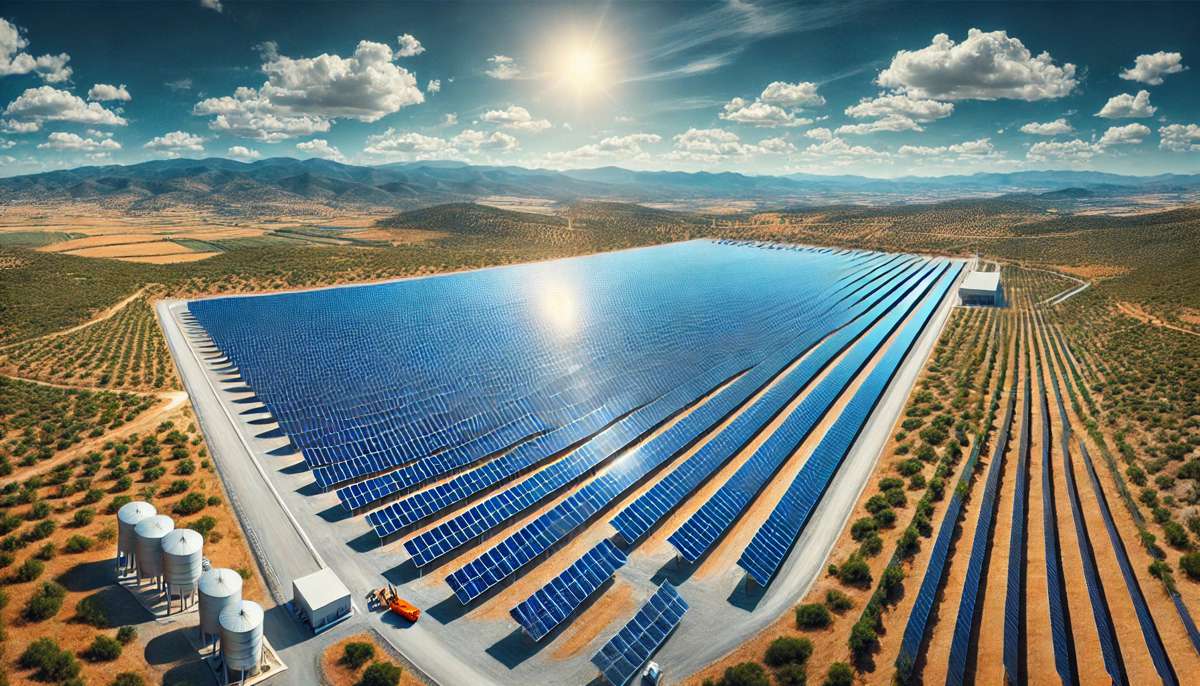Effective steps to get a Construction Line of Credit in 2023
Business lines of credit are a flexible capital source you can draw from on an as-needed basis for expenses and opportunities that come your way. Entrepreneurs leverage this type of financing across all sectors of our economy, but they’re especially advantageous for those operating within the construction industry.
Slow seasons, payment delays, and the fluctuating cost of materials and supplies can all leave you without the cash flow to operate at your highest capacity. You might not be able to complete ongoing projects, start new ones, or take advantage of other growth opportunities. But, with a construction line of credit, you can draw short-term funding to cover all of these expenses—and much more.
How Do Construction Lines of Credit Work?
Once established with a bank or non-bank lender, you can draw funds from your total credit line up to a predetermined limit and use them for any business purpose. You only pay interest on the amount you’ve borrowed, and if your term is revolving, you can draw the same funds again after you’ve repaid them.
They work much like a business credit card, but lines of credit typically come with higher capital limits, plus the ability to draw physical cash. Lenders don’t monitor your use of funds as they do with other types of financing, too, which allows entrepreneurs greater flexibility in how they invest in their businesses.
How Can I Use a Construction Line of Credit?
You can use a construction line of credit for almost any business expense, including
- Payroll
- Inventory
- Rent
- Up-front supplies
- Utilities
- Vehicle maintenance
- Repairs
Entrepreneurs commonly use lines of credit to cover operational expenses while focusing on the broader picture. For the construction industry, they provide a much-needed financial buffer between you and the cyclical nature of your expenses.
For example, let’s say you’re coming off a slow season with limited liquidity. In most cases, you’d make do and start working with what you have, but a line of credit provides the funds you need to operate at your highest capacity no matter the time of year.
What Do You Need to Qualify for a Construction Line of Credit?
You can establish a construction line with bank or non-bank lenders, although the eligibility criteria will differ depending on your chosen option. For most banks, you’ll have to meet the following.
- $25,000 in Monthly Revenue
- 660+ Credit Score
- 1 Year in Business
Non-bank lenders have less restrictive requirements.
- $10,000 in Monthly Revenue
- 600+ Credit Score
- 1 Year in Business
Qualifications will change depending on the financial background of your business, the lender you’re working with, and the credit limit you’re seeking. For example, if you’re seeking to open a construction line of credit with a $1 million limit, you’ll likely need to generate around $1 million in sales and have a strong credit score.
Generally, the best terms are given to businesses that can display the strongest financial information. If you’re finding trouble reaching terms that fit your business, you may want to consider proactively strengthening your credit score or re-evaluating your credit limit before applying.
Alternatives to Construction Lines of Credit
Lines of credit aren’t the only financing resource available to the construction industry; There are many other solutions to help entrepreneurs meet their goals.
Term Loans
Term loans are the most basic type of business loan. They’re provided in a one-time payment that you’ll repay over the schedule outlined by your lender. Most lenders require a detailed business plan of how you intend to use the funding, and others require collateral.
Equipment Financing
Construction businesses rely on expensive equipment to complete their work, but the cost of these assets is often more than entrepreneurs can afford at a moment’s notice—some excavators cost $100,000 to $500,000+. With equipment financing, you can break down a sizeable equipment investment and pay on a more manageable schedule.
SBA 7(a) & 504 Loans
SBA loans feature low interest rates, favourable terms, strict eligibility requirements, and funding amounts of up to $5 million in their major programs. SBA 7(a) loans can be used for many different business purposes, whereas 504 loans are designated for purchasing long-term, major fixed assets that promote business growth and job creation, according to the SBA.
Article by By Joe Camberato, CEO of National Business Capital.















